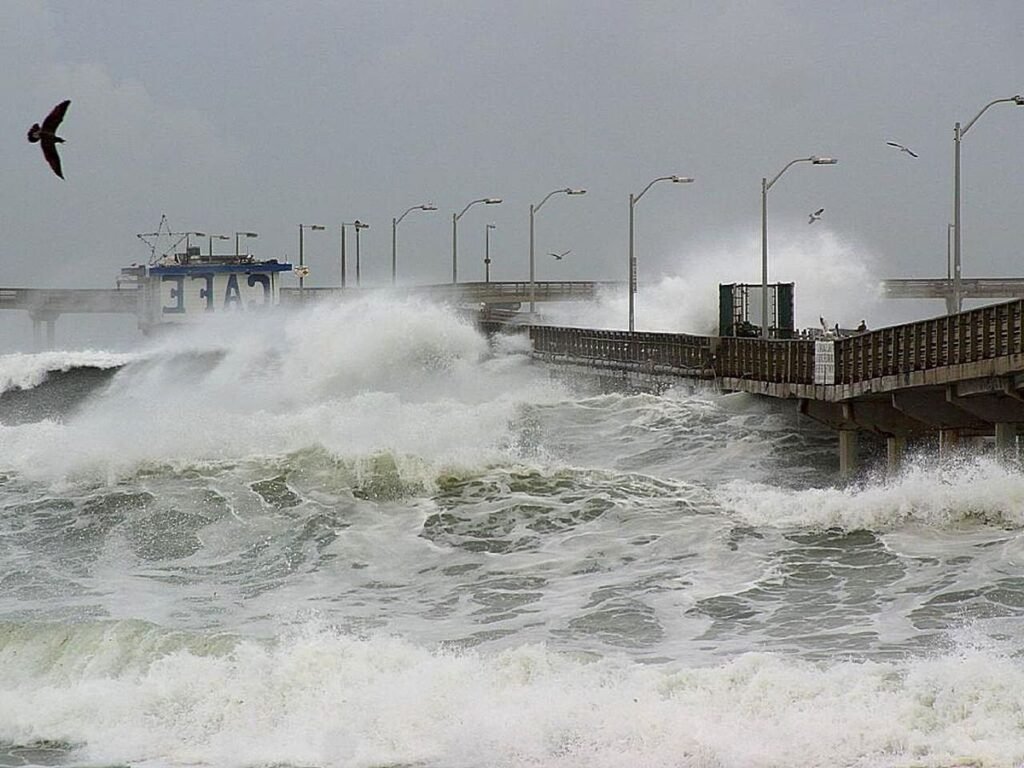The latest research shows that scientists have developed the capacity to forecast the occurrence of the next El Niño two years and three months in advance. This is a great improvement on the prior methods of accurately predicting a given climate for the period of six to twelve months away due to utilization of thousands of years’ worth of climate data.
El Niño-Southern Oscillation (ENSO) overview
The ENSO cycle refers to the periodic warming (El Niño) and cooling (La Niña) of the sea surface in the eastern central and tropical Pacific Ocean. El Niño events bring warmer-than-average sea surface temperatures, while La Niña events bring cooler-than-average temperatures. These cycles influence global weather patterns, affecting everything from rainfall distribution to temperatures worldwide. ENSO is one of the demographic and climate change-robust cycles that affect the climate of various regions by controlling hurricanes, precipitation, and temperatures.

Advances in Prediction Models
Conventionally, NOAA has forecasted ENSO events through different climate models; however, these could only give predictions of up to six to twelve months ahead. Published in the Geophysical Research Letters on June 16 the new study shows that the ENSO events can be forecasted with a decent degree of accuracy more than two years in advance, especially after the strong El Niño events.
Research Methodology
Nathan Lenssen, a climatologist of the Colorado School of Mines, and a project scientist of the National Center for Atmospheric Research motivated the research team that employed ten accurate models. These models incorporated information that ranged from hundreds to thousands of years, in areas such as sea level, air temperature and rainfall to calculate the climatic condition and the ENSO events.
To verify the reliability of the created models, the team decided to input a particular historical period, for instance, January of the year 2000, and try to predict the climate for three years ahead. They then compared the model predictions with actual records of the instances from 1901 to 2009. It was found out that ENSO can be best predicted after a strong El Niño year like in the year 1997 and particularly in the year 2016.
Implications for Emergency Planning and Resource Management
Speaking on the usefulness of the ENSO predictions, Emily Becker, a climate scientist at the University of Miami, was of the view regarding the specific utility of long lead ENSO forecasts in planning for emergencies and a variety of other related applications. Longer lead times give governments and organizations the window they need to work and plan for draughts, floods and other activities of climate. For instance, if the climatic conditions can be predicted to be dry, it is possible for the state governments to formulate and put into practice the conserved or stored water policies before the conditions actually materialize.
Future of Long-Term ENSO Forecasts
Those longer term climate forecasts that have not been rolled out by centers involved in climate forecast have been forecasted by Lenssen and his team into discussions with intergovernmental organizations to identify whether it is possible to make such climate forecasts and if so when. The appraisal and broad foundation of this study make it an improved hub for subsequent advancements in the climate forecaster that might revolutionize societies’ readiness for the major climate occurrences.
That scientists are already able to forecast El Niño more than two years in advance is considered a major achievement in climatology. This development does not only significantly expand the knowledge of ENSO but also has practical outcomes to lessen the consequences of climatic anomalies. While discussions on utilizing long-term ENSO forecasts are still ongoing, the positive impacts, especially on the enhancement of global climate preparedness and readiness, are astronomical.


